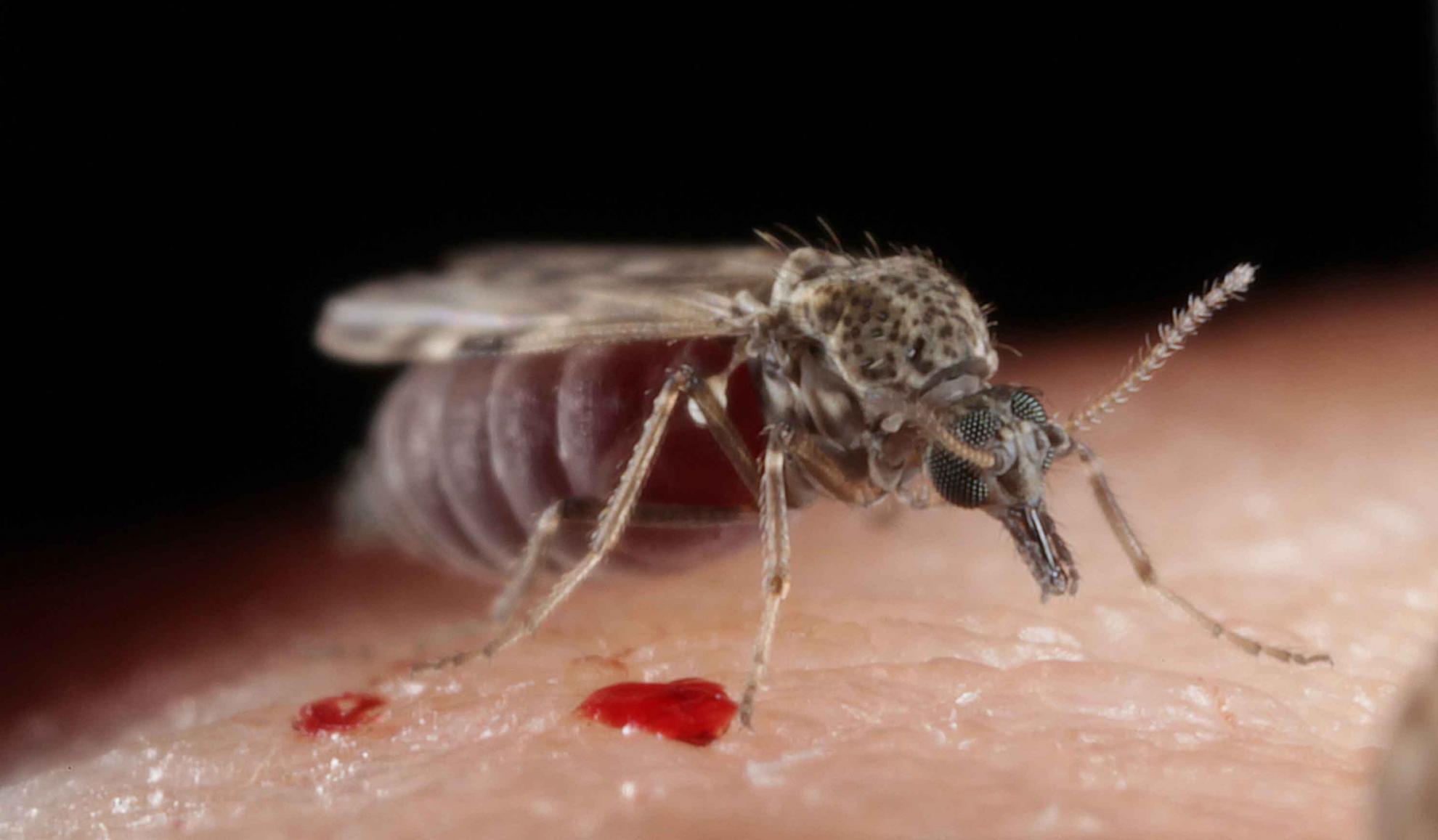The biting midge Culicoides sonorensis (Diptera: Ceratopogonidae) is capable of developing late stage infections of Leishmania enriettii
This study investigates the laboratory infection of two species of Culicoides biting midges (Diptera: Ceratopogonidae) and one species of sand fly (Diptera: Psychodidae) with two species of Leishmania. These members of the L. enriettii complex were demonstrated to colonize the stomodeal valve of Culicoides sonorensis following membrane feeding on blood-parasite mixtures or direct feeding on guinea pigs that demonstrated clinical signs of infection. In contrast, three other species of Leishmania that are known to be transmitted by sand flies failed to successfully develop in C. sonorensis. A sand fly species which is highly permissive to Leishmania infection, Lu. longipalpis, a widespread vector of L. infantum in Latin America, was found to support only moderate infections of L. enriettii from Brazil and Leishmania sp. AM-2004 from Australia. In addition to establishing a suitable laboratory model for infection of Culicoides with L. enriettii, successful infection of C. sonorensis highlights that vectors other than sand flies should be considered as part of epidemiological studies on parasites belonging to the L. enriettii complex.
Back to publications
Publication
Contributors
Seblova V, Sadlova J, Vojtkova B, Votypka J, Carpenter S, Bates P A, Volf P
Year
2015
Journal
PLoS Neglected Tropical Diseases
Volume
9
Issue
9
Pages
e0004060
Associated groups
